Welding Titanium
Titanium and most titanium alloys are readily weldable, using several welding processes. Properly made welds in the as-welded condition are ductile and, in most environments, are as corrosion resistant as base metal. Improper welds, on the other hand, might be embrittled and less corrosion-resistant compared to base metal.
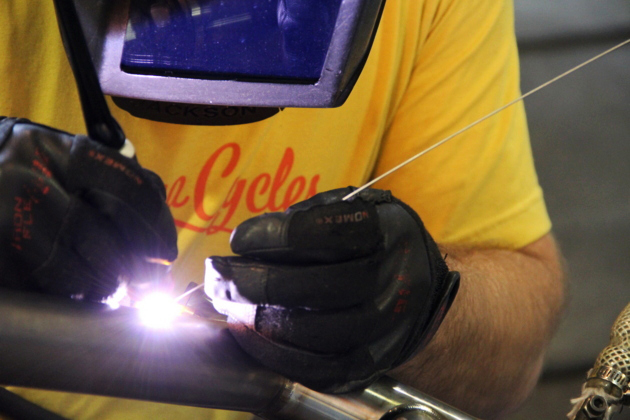 Titanium need not be all that hard to weld
Titanium need not be all that hard to weld
Commercially pure titanium and most titanium alloys are readily welded by a number of welding processes being used today. The most common method of joining titanium is the gas tungsten-arc (GTAW) process and, secondarily, the gas metal-arc (GMAW) process. Others include electron beam and more recently laser welding as well as solid state processes such as friction welding and diffusion bonding. Titanium and its alloys also can be joined by resistance welding and by brazing.
The techniques and equipment used in welding titanium are similar to those required for other high-performance materials, such as stainless steels or nickel-base alloys. Titanium, however, demands greater attention to cleanliness and to the use of auxiliary inert gas shielding than these materials. Molten titanium weld metal must be totally protected from contamination by air. Also, hot heat-affected zones and root side of titanium welds must be shielded until temperatures drop below 800°F (427°C).
Reaction of titanium with gases and fluxes makes common welding processes such as gas welding, shielded metal arc, flux cored arc, and submerged arc welding unsuitable.
Likewise, welding titanium to most dissimilar metals is not feasible, because titanium forms brittle compounds with most other metals; however, titanium can be welded to zirconium, tantalum and niobium.
The techniques for welding titanium resemble those employed with nickel alloys and stainless steels. Molten titanium reacts readily with oxygen, nitrogen and hydrogen and exposure to these elements in air or in surface contaminants during welding can adversely affect titanium weld metal properties.
As a consequence, certain welding processes such as shielded metal arc, flux cored arc and submerged arc are unsuitable for welding titanium. In addition, titanium cannot be welded to most other metals because of formation of embrittling metallic compounds that lead to weld cracking.
Welding Environment
While chamber or glove box welding of titanium is still in use today, the vast majority of welding is done in air using inert gas shielding. Conventional welding power supplies are used both for gas tungsten arc and for gas metal arc welding. Tungsten arc welding is done using DC straight polarity (DCSP) while reverse polarity (DCRP) is used with the metallic arc. Field welding is common. Wherever the welding is done, a clean environment is necessary in which to weld titanium. A separate area, specifically set aside for the welding of titanium, aids in making quality welds.
Inert Gas Shielding
An essential requirement for successfully arc welding titanium is proper gas shielding. Care must be taken to ensure that inert atmosphere protection is maintained until the weld metal temperature cools below 426°C (800°F). The first or primary shield gas stream issues from the torch and shields the molten puddle and adjacent surfaces. The secondary or trailing gas shield protects the solidified weld metal and heat-affected zone during cooling. The third or backup shield protects the weld underside during welding and cooling. The backup shield can take many forms. One commonly used for straight seam welds is a copper backing bar with gas ports serving as a heat sink and shielding gas source. During GTA and GMA welding, argon or helium shielding gases of welding grade with dewpoint of -50°F (-46°C) or lower are used to provide the necessary protection. Separate gas supplies are needed for :
- Primary shielding of the molten weld puddle.
- Secondary shielding of cooling weld deposit and associated heat affected zones.
- Backup shielding of the backside of weld and associated heat affected zones.
Primary Shielding
Primary shielding of the molten weld puddle is provided by proper selection of the welding torch. Standard water-cooled welding torches equipped with large (3/4 or 1-inch) ceramic cups and gas lenses, are suitable for titanium. The gas lens provides uniform, nonturbulent inert gas flow. Manufacturer’s recommended gas flow rates to the torch should be used. Excess flow to the torch may cause turbulence and loss of shielding. The effectiveness of primary shielding should be evaluated prior to production welding.
Secondary Shielding
Secondary shielding is most commonly provided by trailing shields. The function of the trailing shield is to protect the solidified titanium weld metal and associated heat-affected zones until temperature reaches 800°F (427°C) or lower. Trailing shields are generally custom-made to fit a particular torch and a particular welding operation. Design of the trailing shield should be compact and allow for uniform distribution of inert gas within the device. The possible need for water-cooling should also be considered, particularly for large shields. Porous bronze diffusers have provided even and nonturbulent flow of inert gas from the shield to the weld.
Welding Processes
Titanium and its alloys are most often welded with the gas tungsten-arc (GTA or TIG) and gas metal-arc (GMA or MIG) welding processes. Resistance, plasma arc, electron beam and friction welding are also used on titanium to a limited extent. All of these processes offer advantages for specific situations. However, the following discussion will be concerned primarily with GTA and GMA welding. Many of the principles discussed are applicable to all processes.
Weld Joint Preparation
Before welding, it is essential that the weld joint surfaces be free of any contamination and that they remain clean during the entire welding operation. Weld joint designs for titanium are similar to those for other metals. The joint design selected for titanium however, must permit proper inert gas shielding of both root and face during welding as well as post-weld inspection of both sides of the weld. Good joint fit-up is important for titanium. Maintenance of joint opening during welding is important. Clamping to prevent joint movement during welding is recommended. Any cracked or contaminated tack welds must be removed before final welding.
Gas Tungsten-Arc (GTA) and Gas Metal-Arc (GMA) Welding
The GTA process can be used to make butt joints without filler metal in titanium base sheet of up to about 1/8-inch thickness. Heavier sections generally require the use of filler metal and grooved joints. Either the GTA or GMA welding process can be used, although GMA welding is more economical for sections heavier than about one-half inch. If the GTA process is used, care should be exercised to prevent contact of the tungsten electrode with the molten puddle, thereby preventing tungsten pickup.
Power Supply
A conventional power supply, connected D.C. straight polarity (DCSP), is used for GTA welding of titanium. Reverse polarity (DCRP) is used for GMA welding of titanium. A remote controlled contactor allows the arc to be broken without removal of the torch from the cooling weld metal, thereby maintaining inert gas shielding. Foot operated current and contactor control, high frequency arc starting and shielding gas timers are other desirable features.
Welding Torch
A water-cooled welding torch, equipped with a 3/4-inch ceramic cup and a gas lens, is recommended for GTA welding of titanium. A one-inch cup may be required for GMA welding. Thoriated tungsten electrodes (usually 2% thoria) are recommended for GTA welding of titanium. Pointed electrodes (end blunted) help to control arc characteristics. The smallest diameter electrode which can carry the required current should be used.
Cleaning
Before welding titanium, it is important that weld joints and weld wire be free of mill scale, dirt, dust, grease, oil, moisture and other potential contaminants. Inclusion of these foreign substances in titanium weld metal could degrade properties and corrosion resistance. Weld wire is clean as packaged by the manufacturer. All joint surfaces and surfaces of base plate for a distance of at least an inch back from the joint need to be cleaned. Solvent cleaning should be followed by wire brushing, using a new stainless steel brush.
Filler Metal Selection
Titanium welding wire is covered by AWS A5.16-70 Specification (“Titanium and Titanium-Alloy Bare Welding Rods and Electrodes”). It is generally good practice to select a filler metal matching the properties and composition of the titanium base metal grade. However, for both commercially pure grades and alloys, selecting a weld wire one strength level below the base metal is also done. Special situations may require a different grade of filler wire to give desired combination of joint properties.
Welding Technique
In addition to clean joints and weld wire, proper parameters, and proper inert gas shielding, welder technique requires attention when titanium is being welded. Improper technique can be a source of weld contamination. Before starting an arc in welding titanium, it is good practice to prepurge the torch, trailing shield and backup shield to be sure all air is removed. Whenever possible, high frequency arc starting should be used. Scratch starting with tungsten electrodes is a source of tungsten inclusions in titanium welds. On extinguishing the arc, the use of current downslope and a contactor, controlled by a single foot pedal, is encouraged. Torch shielding should be continued until the weld metal cools below 800°F (427°C).
Evaluating Weld Quality
Prior to making production welds on titanium, procedures and techniques should be closely evaluated. For pressure vessel construction, the ASME Boiler and Pressure Vessel Code, Section IX (Welding Qualification), details procedure and performance tests which must be met.
Tensile and bend tests on trial welds made under conditions intended for production are the acceptance criteria. Impact or notch tensile tests may also be required, particularly for low temperature applications. Once good procedures are established, as evidenced by tensile and bend tests, they should be strictly followed in subsequent production welding.
Bend Tests
Bend tests evaluate ductility. For this reason, the bend test made on preproduction trial welds or on extensions of production welds made for that purpose, provides a good evaluation of weld quality. A bend sample in which the weld is positioned perpendicular to the bend axis assures uniform straining of weld metal and heat-affected zones, thereby giving more meaningful results.
You might also like
| How does Friction Welding Work ? What is Friction Welding ? Friction welding... | Welding Positions What`s Kind of Welding Positions ? Welding... | Titanium and Titanium Alloys What is Tinanium Alloys ? Titanium was... | How is Titanium made? How is Titanium made ? Titanium is known... |
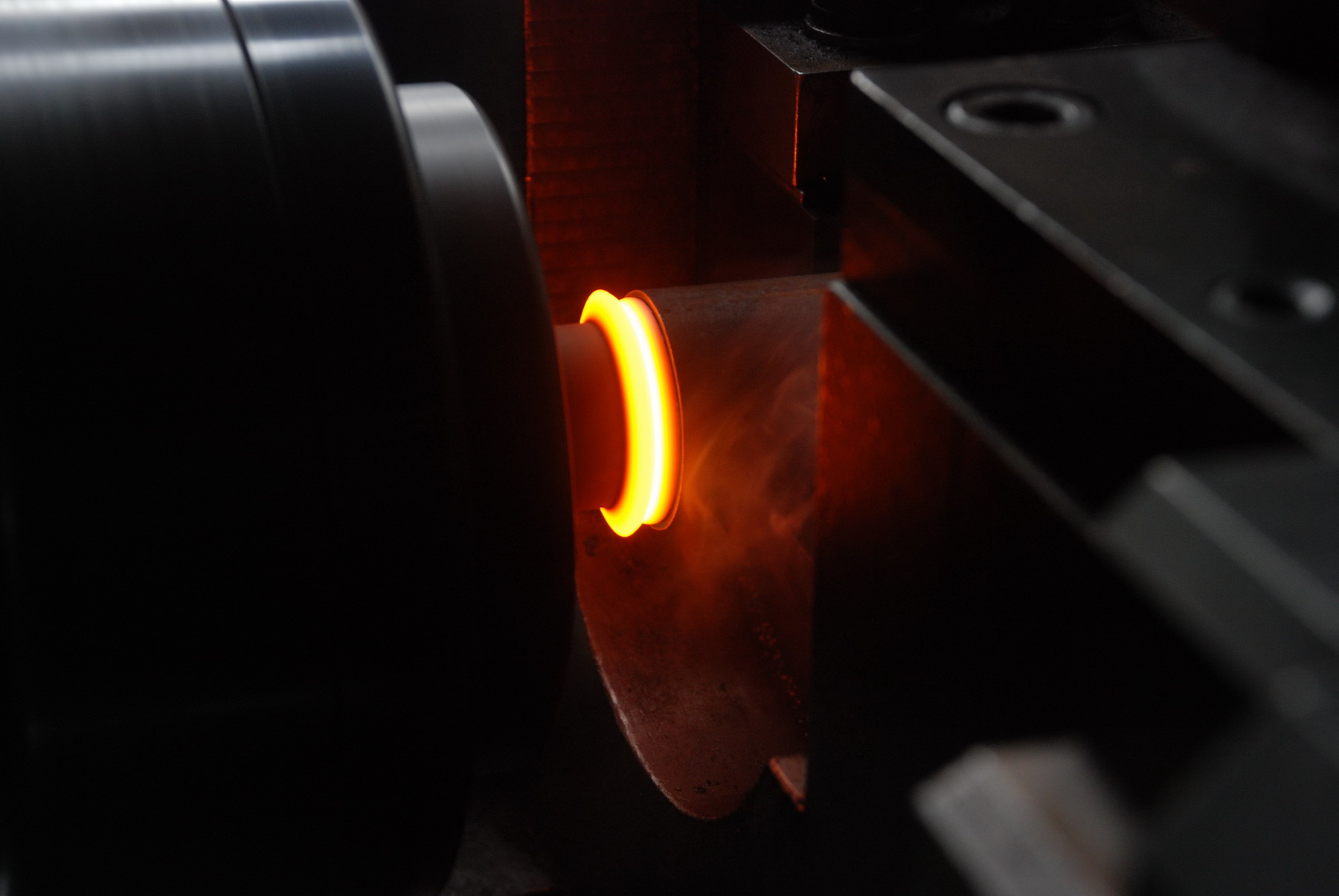
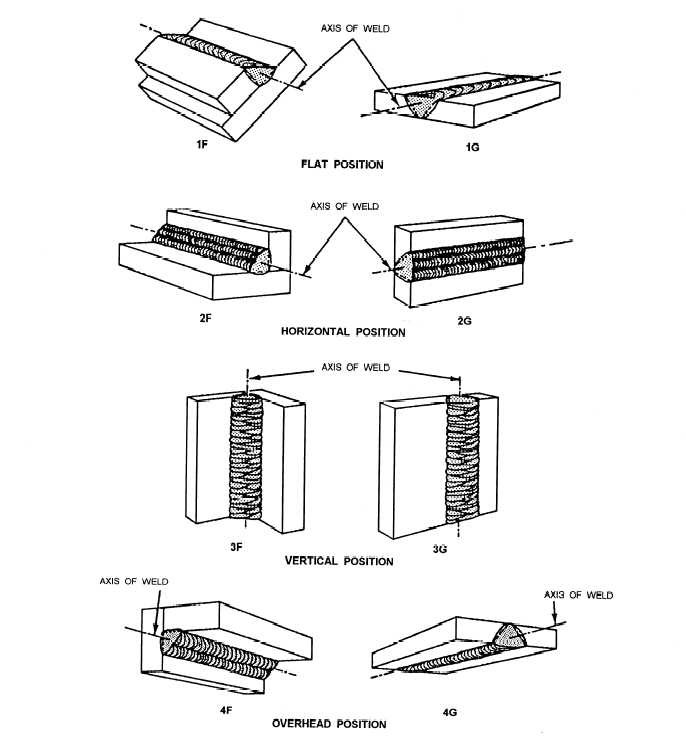
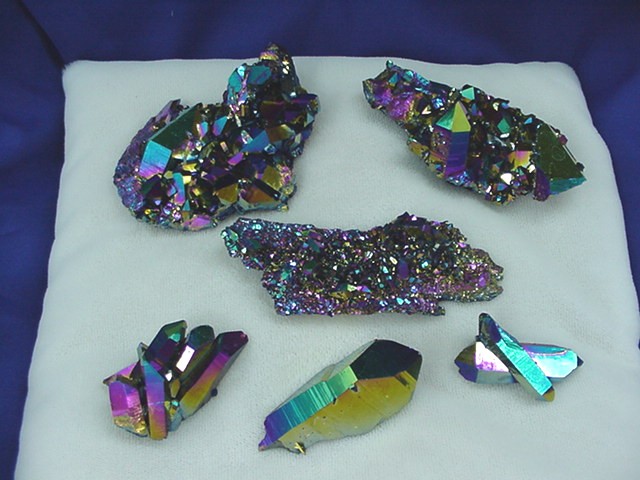
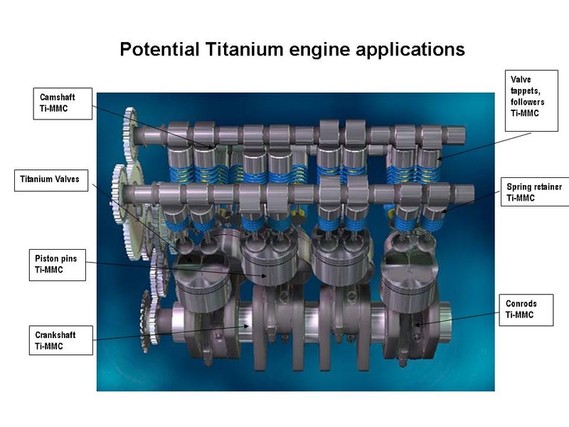
 Alloy Suppliers
Alloy Suppliers
 Aluminum
Aluminum
 Aluminum Extrusions
Aluminum Extrusions
 Copper-Brass-Bronze
Copper-Brass-Bronze
 Nickel
Nickel
 Magnets
Magnets
 Stainless Steel
Stainless Steel
 Stainless Steel Tubing
Stainless Steel Tubing
 Steel Service Centers
Steel Service Centers
 Titanium
Titanium
 Tungsten
Tungsten
 Wire Rope
Wire Rope